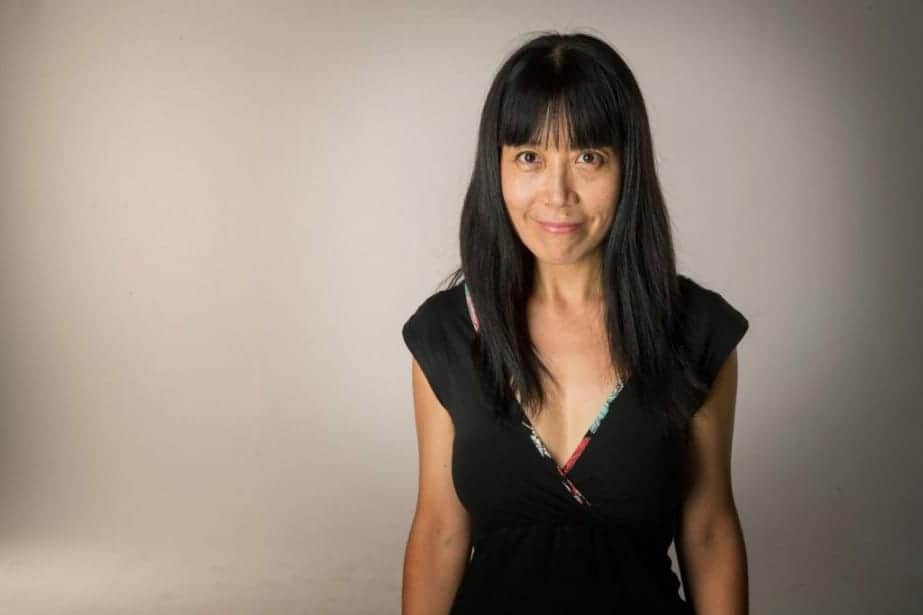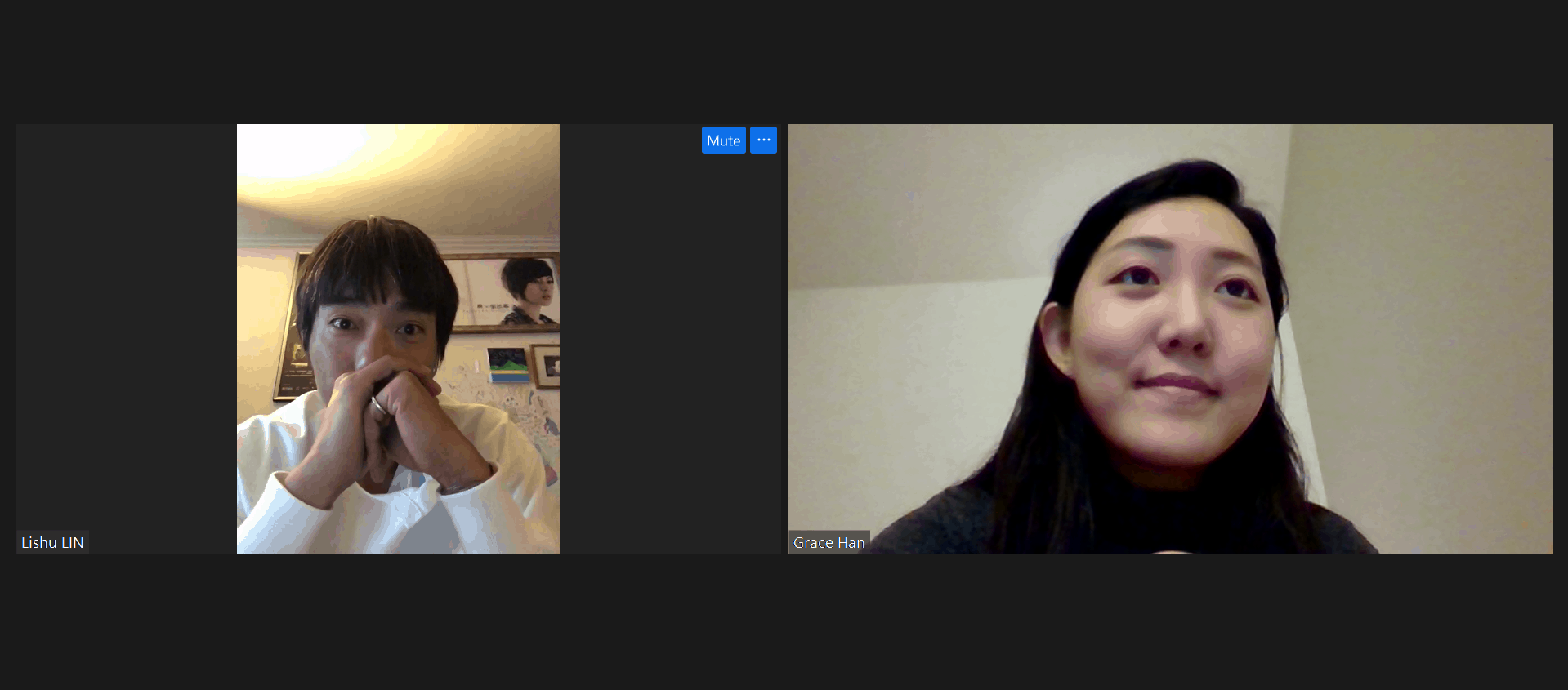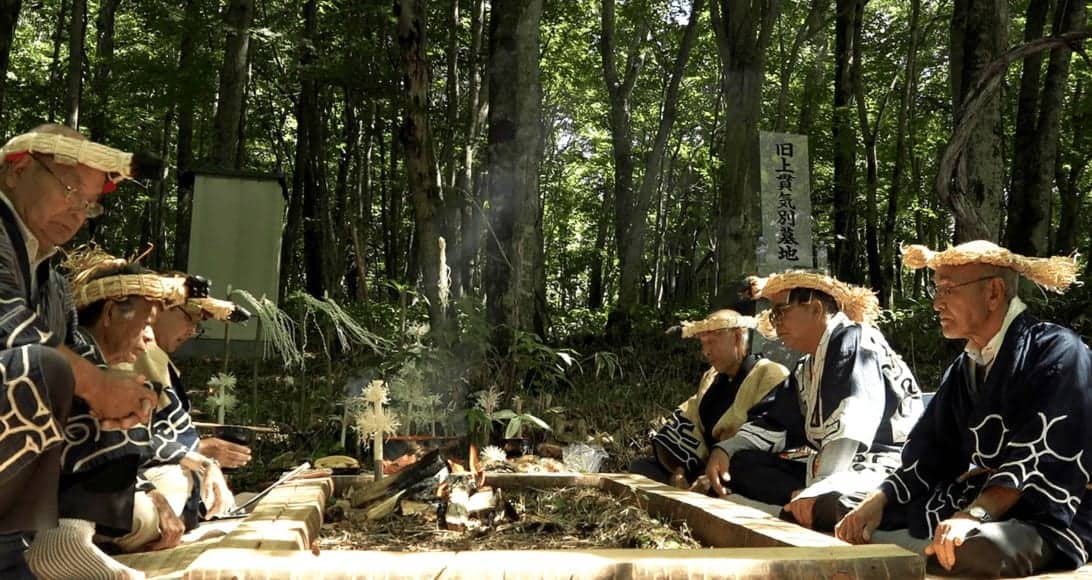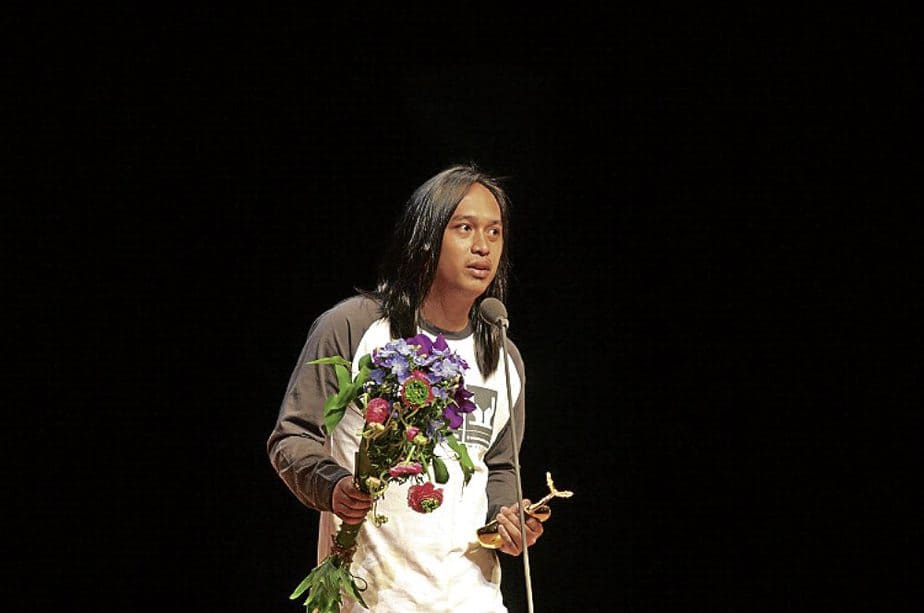Born 1978 in Kagawa Prefecture, Japan, Jun Tanaka currently resides in Tokyo. After graduating from the Faculty of Economics at Shiga University, he studied at the Film School of Tokyo on the documentary course under Makoto Sato, Takefumi Tsutsui and others. “BAMY” is his first feature film.
On the occasion of BAMY screening at Nippon Connection, we speak with him about his career, debut film, ghosts, and cinema in general

Can you tell us a bit about the path that took you from the Faculty of Economics at Shiga University to shooting a movie?
I wanted to become a journalist and entered the department of economics. I started my career to support the film of a friend. At that time, I thought, “Maybe I can make a film, too” and therefore, I started film production. My first short film was a historical drama about the Meiji Restoration. Afterwards, I entered the Film School of Tokyo in the documentary course. However, I was not a diligent student at all. Perhaps my situation, currently, would be different if had taken the lessons more seriously. What I did learn was that “there is not much difference between documentary and fiction”.
What does the title of the film means?
Actually, it comes from the English word balmy and it became “BAMY” by a spelling mistake. Fortunately, the particular word sounds like barmy. As I see it now, I like the small miracle this spelling mistake caused. Furthermore, I wanted to have a title that sounds like one of a horror film. For example “Carrie” by Brian de Palma or “Chappie” by Neil Blomkamp. At least the word “bamy” seems to fit the film.
You based the film on an East Asian myth of a thread that ties destined lovers together. Can you tell us a bit about this decision and why did you choose to present it through the red umbrellas?
First of all, carrying around an umbrella is something simple and the cost is low. Decisions like that are necessary due to the minuscule budget of the production. Secondly, I like the concept of “at first glance”. It seems ordinary and not scary, but, in fact, it can be very scary.
The story takes the concept of the “man who sees ghosts”, and presents it as a part of everyday life. Why did you choose this way?
I like the motif of “the things that slip the eye”. I things that the concept of “eyes” is very important cinematic material. The slipping relationship of Ryota and Fumiko is expressed by their eyes (Ryota and Sae's relationship is similar too). So, I let this concept to amplify through the concept of the ghosts. “The person who can see a ghost” vs “The person who can not see a ghost”
The film becomes rather surrealistic in the end. Why is that?
Because it is the film form I pursue. I love the films that are full surprises. I go to theatres in search of a surprise, always. However, the potential for the emotion of surprise is limited in the modern film which utilizes strictly a specific story. Sympathy, logic and surprise… the balance is very difficult.
The story shows a relationship of two people who love each other, but do not seem to get along very well. What is your opinion of the relationships in the urban environment today, particularly in Japan.
The relationship of Ryota and Fumiko presents the traditional Japanese couple (wife & husband). Similarly, the relationship of Ryota and Sae presents the traditional young lovers. The wife carries out a strategy to rule over her husband steadily, and the husband is frightened by his wife. The young lovers choose partners who resemble each other. I think the style of the Japanese couples has not changed for a long time.
The ghosts in the film are always in the shadows. Can you tell us a bit about that and the overall use of lighting in the film, which is truly elaborate?
When shooting ghosts, we have to think “what is a ghost?”. Because ghosts are played by actors in the film. However, I have never seen ghosts. The same is true for the staff. I have pondered on the motives behind the feelings and the behaviour of ghosts… but I did not understand it at all. But even so, we had to make “ghost rules”. Therefore, I defined the existence of the ghost as the one of the cockroach. In Japan, cockroaches are considered gloomy, live in humid places and make people uncomfortable. They emit an unpleasantness rather than actual fear.
I am really glad for the technical questions! Takashi Watanabe – lighting director – is an expert in stage lighting. He was very good at spot illumination. Ghosts are not monsters, at least for Japanese people. They represent psychological darkness based on religion. As you know, darkness is scary. Because it is so dark we can't see the future. In other words, fear from ghosts derives from distance and indistinctness. We are not scared if the ghost is exposed to solar light and attacks through physical action. Because then we could defeat it with a gun or a sword. The ghosts in “BAMY” are very typical. I will have to find more entertaining and innovative ideas if I get the chance to shoot ghosts again.
Technically, the film has a quality that seems difficult to achieve with such a small budget. How did you manage that?
We were a very small technical crew. I said to Hideaki Arai, director of photography. “You do not have to take the trouble to shoot the actors' emotions (facial expressions) because the actors' emotions are recorded by the camera automatically, through their physical actions. I tried to make the best of the flow lines, complex gadgets and location. I chose to shoot powerful images even if I sacrificed the story and the characters by doing so.
Hironobu Yukinaga is great as Ryota. Can you tell us a bit about the way you guided him into the movie? In general, what was the casting procedure like for the film?
I told him to watch “L'Enfant” [Jean-Pierre and Luc Dardenne]. How great ! Jérémie Renier plays Bruno with detailed gestures and actions. By the way, Yukinaga always jumped over my imagination and expectations. Still, I do not know what he is thinking. So…He is attractive because I do not know what he is thinking. It is a very happy experience that I can be present as he grows as an actor.
The casting procedure is very simple. Hironobu Yukinaga, Hiromi Nakazato and Misaki Tsuge all belonged to the same actor's studio during the casting process. They held a joint lesson regularly. I saw the lesson several times. What I cherish about them is not how they respond to my instructions but what kind of human beings they are.
What is your opinion of the Japanese movie industry at the moment?
I hope Japanese movies will attract attention again, since at the moment, international audiences have lost interest in them.
Which filmmakers have influenced you the most and what kind of films do you like to watch?
Jean-Luc Godard, Theo Angelopoulos, Clint Eastwood,Yasujirō Ozu, Kiyoshi Kurosawa, Edward Yang, Bong Joon Ho, Jia Zhangke, a lot actually. The film I will always love is “Back to the Future” by Robert Zemeckis. When I was a child I wanted to ride a “DeLorean” and I actually visited Universal Studios in U.S.A. From the younger generations, I like Wes Anderson and Neill Blomkamp.
What are your plans for the future?
I want to show the terribleness and richness of the medium called film to a large number of audiences.
The theme of the next work is “mermaid which has been brought to Tokyo Bay by ballast water”.
I will plan it as an action road movie focusing on the problems of alien species problems and immigration
Thank you!



















